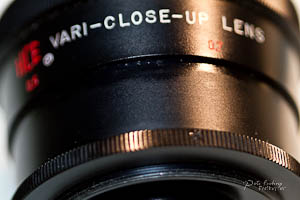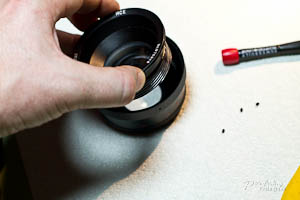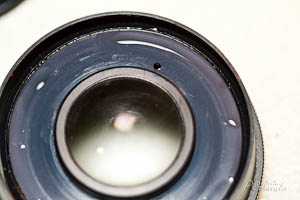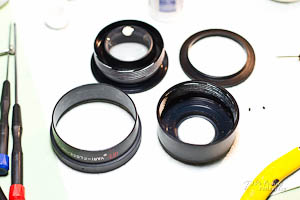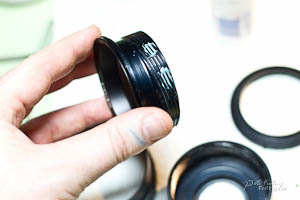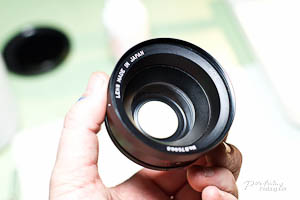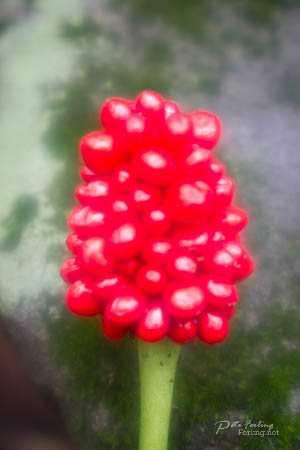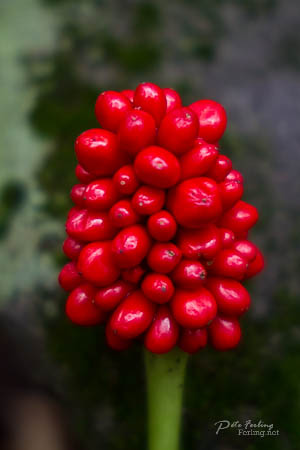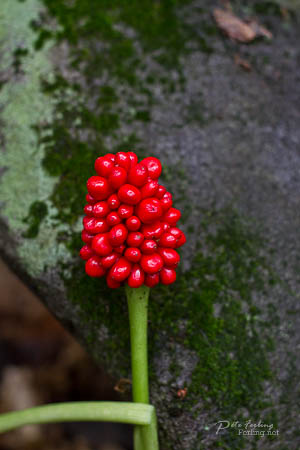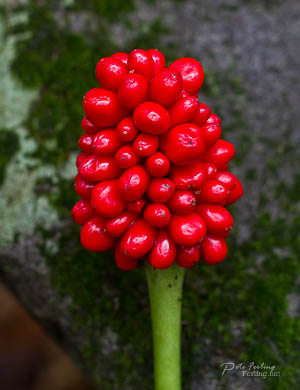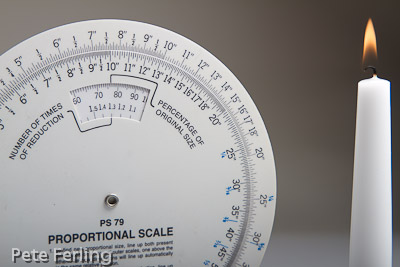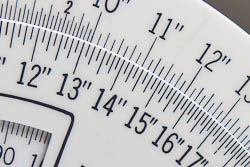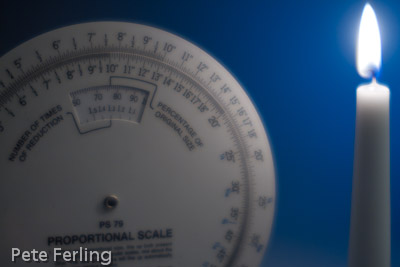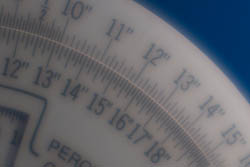
Tiffen HCE Vari-Close-up Monocle Lens attachment. Close for cheap. |
||
|---|---|---|
Specs: The Tiffen HCE Vari-Close-up is a lens that can be attached to front of your prime lens to aide in obtaining close up macro shots. Shot wide open it can create some very soft images, as it's behaves like a single element Monocle lens. However, with a the addition of second rear element and focusing helicoil. I received this lens in lieu of a purchase of a Mamiya Sekor 55mm f1.8, and it also included a Tiffen 52mm adaptor ring. |
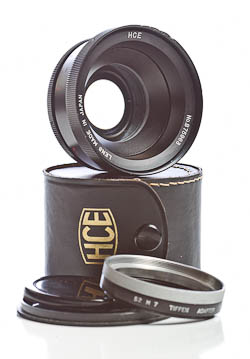 |
|
Upon receiving the lens, I do have to point out something that I've seen in the past. Something that should be taken as a warning when purchasing used lenses from unknown sources on auction sites. Some folks like to inject oil in order to free up an otherwise stuck lens. As such, I had to dissemble the lens, clean off the oil, and then re lube it.
The lens is a single aperture, and actually, it's nothing more than a screw on magnify lens. When the prime lens is wide open, in this case, the Mamiya 55/1.8, the images are completely soft. Stopped down to f5.6 or higher and it becomes much sharper, behaving more like a normal lens. The reason for this because as magnification increases, the depth of field (DOF) decreases. Thus it requires stopping the lens down to find a useable DOF.
When removing the HCE, I get the below result. Obviously much sharper, and when shooting 18mega-pixels and cropping down, Its still a better result. Unless I'm targeting a 24" print, it kinda negates the need for such a tool with technology today. Still, it must have a been a useful toy to have back in the late 70's. How sharp is it? To eliminate user error, and know for sure. I placed the lens on tripod, still using the Mamiya 55mm f1.8, and shot the following scene: We also need to consider that using this along with the adaptor ring, subtracts a stop or more of light. Since we need to keep the aperature stopped down, we'll need to crank up the ISO more than usual, and lose some critical details due to noise. Whether all these soft, diffused and blown out results are a distraction or artistic opportunity depends on the user, and the kinds of application. Personally, I would use a Bellows or a dedicated macro lens. Still, it's and interesting toy.
Keep Shooting.
|
||




